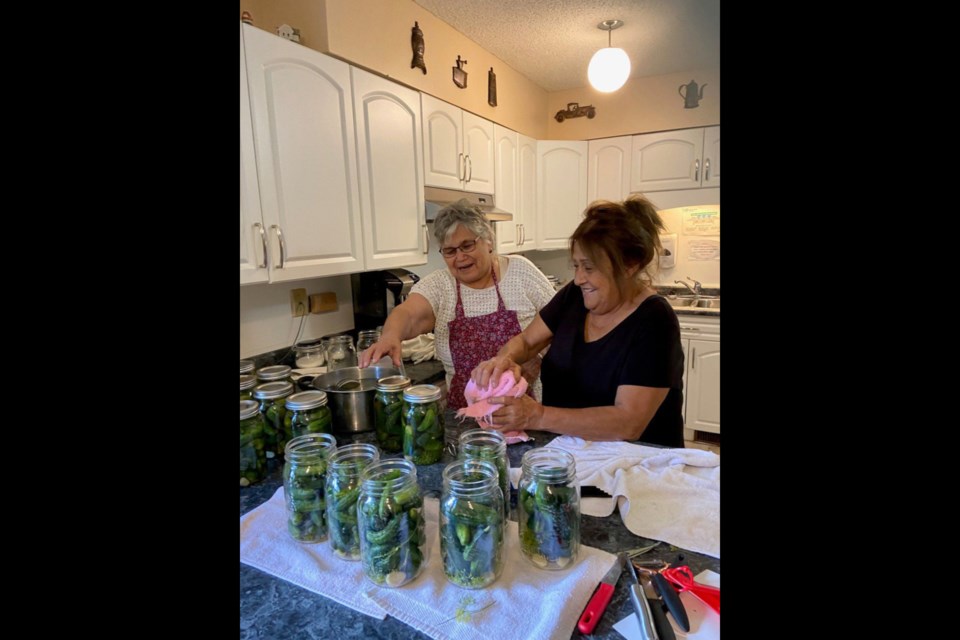When the pandemic hit in March, Indigenous philanthropists Victoria Grant and Wanda Brascoupé knew Indigenous communities could help each other during a time of vulnerability.
Ms. Grant, an Anishinaabe woman, is a founding board member of the Circle of Philanthropy and Aboriginal Peoples in Canada, and Ms. Brascoupé, who is Kanien’keha and Anishinaabe, is the executive director of the Circle (as it’s known). Established in 2011, the Circle provides guidance for Indigenous communities and groups interested in obtaining philanthropic resources and grants. Soon after the pandemic hit, the two women formed the Indigenous Peoples Resilience Fund to help collect and deliver emergency funding to Indigenous communities.
Given the pressing need, the IPRF teamed up with the Community Foundations Canada network to get the funds flowing quickly to organizations that may not qualify for registered non-profit status. (This blocks them from accessing most funds from major foundations, private corporations and government sources.) The money is presented to recipients as “gifts” or “bundles,” rather than grants.
To ensure the fund would be Indigenous-led for Indigenous-led groups and organizations, the IPRF put together an advisory council of 10 Indigenous people with philanthropic knowledge and experience. Since April, the IPRF has raised $7.5-million and has completed six intakes of applications, approving 72 out of 200 from across Canada. Turnaround time for applications is about two weeks and projects and initiatives range between $5,000 to $30,000.
The IPRF says applications have shown Indigenous communities are prioritizing food sovereignty/security, mental health and connectivity.
One of the recipients, the Mittima Food Bank Society, a non-profit organization in Pond Inlet, Nunavut, is providing gas, ammunition and fuel for hunting groups as part of their harvester food share support program, which distributes wild game and fish such as salmon to households.
Another recipient, an emergency women’s shelter in Sucker Creek, Alta., is providing honorariums to elders and other knowledge keepers to teach skills such as food preservation and moccasin-making to its clients.
Eliminating the extensive paperwork and cumbersome reporting typically required for charitable grants, the concept of bundles and gifts for recipients was fundamental to establishing a process based on Indigenous philanthropic knowledge.
“We trust [the recipients] because we’ve lived it, we know it, we’ve experienced it,” Ms. Brascoupé said. “We know what it’s like to give, you know, $5 for gas to take somebody into town and recognize that that’s, you know, a collaborative way of living and working together.”
To reach the communities and groups most affected, the application process needed to be simple and personal with limited, if any, reporting requirements, said Ms. Brascoupé and Ms. Grant. Applicants can submit requests by video or phone and approved funds are unencumbered by follow-up paperwork.
The IPRF calls the support of non-Indigenous donors, both individual and corporate, a “fiduciary allyship” toward reconciliation.
Willow Fiddler, Local Journalism Initiative Reporter



